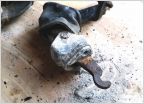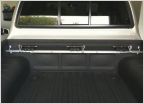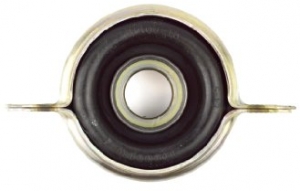-
Welcome to Tacoma World!
You are currently viewing as a guest! To get full-access, you need to register for a FREE account.
As a registered member, you’ll be able to:- Participate in all Tacoma discussion topics
- Communicate privately with other Tacoma owners from around the world
- Post your own photos in our Members Gallery
- Access all special features of the site
Make sense of Long term fuel trim...
Discussion in '1st Gen. Tacomas (1995-2004)' started by jeanl, Oct 1, 2019.
Page 1 of 2
Page 1 of 2


 E-Brake Bell Cranks Replaced - Now a Question About Cables
E-Brake Bell Cranks Replaced - Now a Question About Cables KYB rear shocks
KYB rear shocks Bed cover and bike rack options ?
Bed cover and bike rack options ? Old hat, new truck. Dose anyone do build threads anymore?
Old hat, new truck. Dose anyone do build threads anymore? Truck bed bike mount
Truck bed bike mount








































































